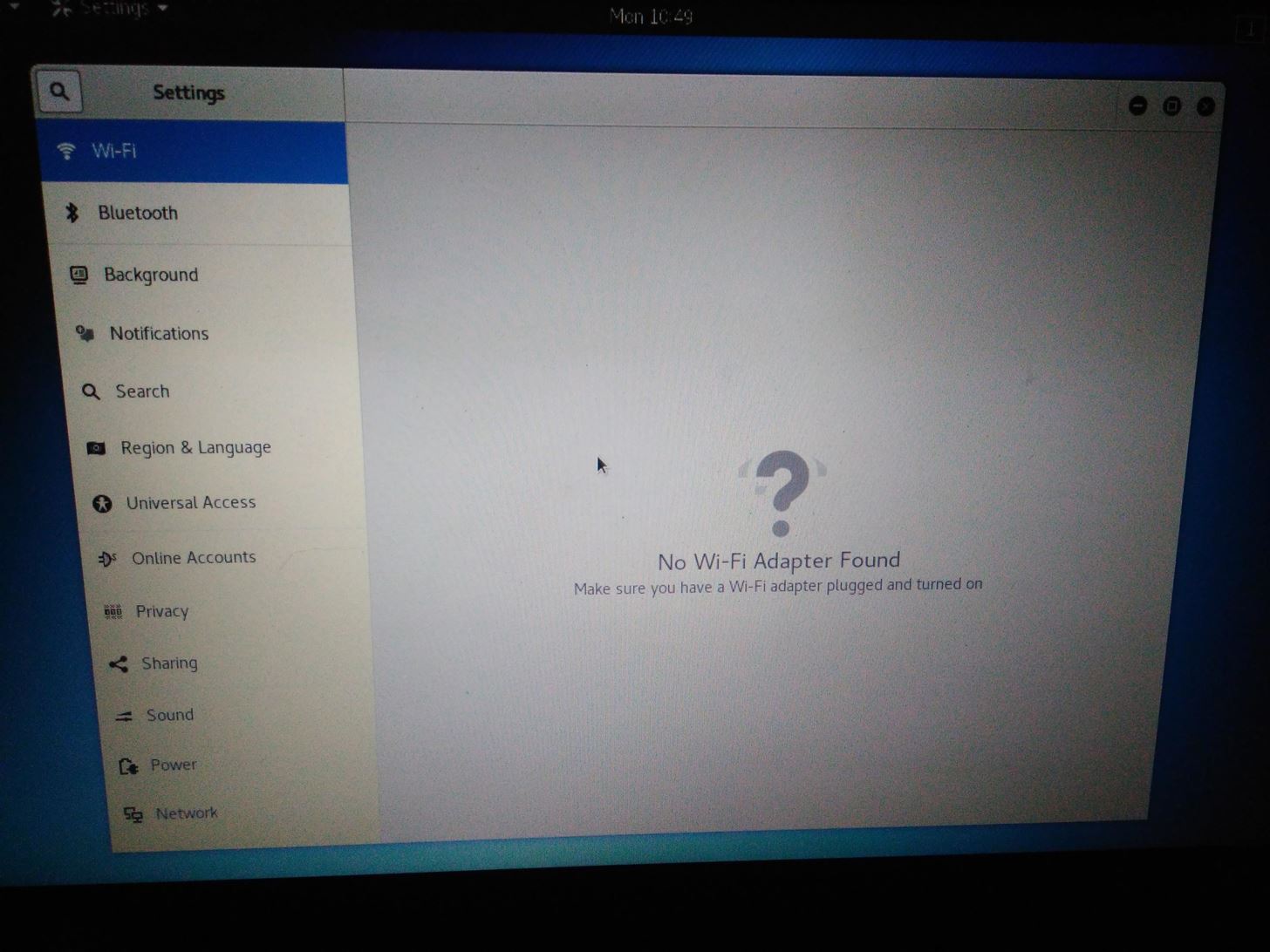
There are other methods of doing this, but using the airmon-ng command to perform this action ensures that the Aircrack suite of tools will play nice with our new monitor interface.Īfter we run the command airmon-ng start wlan1, we are warned that there are some processes that can hinder the operation of the Aircrack tools in conjunction with our newly created monitor mode interface. We’ll use the airmon-ng command in conjunction with the adapter name, in this case wlan1, in order to force that interface into monitor mode. On the second line, we can also see that the mode is currently set to “Managed.” Since “Managed” isn’t “Monitor,” let’s do something about that. We can use the iwconfig command to get greater detail about each interface by passing the interface name to it as a parameter.īy specifying the name of the adapter, we can see that this is indeed an 802.11 wireless adapter, and that it’s not currently associated with any ESSID. Also important is that the onboard adapter is identified as wlan0, and the Alfa adapter is identified as wlan1.Įven though the Alfa adapter supports monitor mode, it’s not currently in monitor mode. The Alfa adapter shows up as a Realtek RTL8187, since this is the chipset it uses. Here, you can see that Kali recognizes two wireless adapters in my Lenovo T450S – the built-in Intel adapter, as well as the Alfa adapter.
KALI LINUX USB WIRELESS ADAPTER DRIVERS
Even old versions of Kali Linux have baked-in drivers for both of these adapters (and many others).Īfter plugging in your adapter, running the command airmon-ng will show us all of the wireless adapters that are installed and recognized by the Aircrack suite, which is a popular suite of Wi-Fi pen-testing tools. Adapter Installation and Monitor ModeĪdapter installation is easy, simply plug and play.

This allows us to do things like send deauthentication frames to clients, which forces them to re-authenticate to either their own or a malicious AP, capture a legitimate WPA2-PSK hash, capture the WPA 4-way handshake, reveal a hidden SSID, generate ARP frames for a WEP replay attack, and more. Packet injection is important because it allows us to send and receive management and control frames from the adapter while it’s operating in monitor mode. Monitor mode is different from promiscuous mode, also used for packet sniffing, because monitor mode doesn’t require association with an access point or ad-hoc network.


Both units come with a removable 5dBi antenna, featuring a standard RP-SMA connector, which is nice since it will accommodate different antenna types should the included omni-directional antenna not suit your needs.īest of all, both of these adapters support monitor mode (aka RFMON mode) and packet injection. The “36H” and “36NH” adapters are virtually identical, sans the NH’s ability to use the 802.11n band, as well as 802.11a, 802.11b, and 802.11g. The only down side is its lack of a 5 GHz radio, but we’ll look beyond that for right now. This adapter has been a long-time favorite of Kali users given its small size, simple setup (drivers are already built in, just plug and go), excellent range, and cheap price. If you don’t need to poke and prod in the 5 GHz band, the Alfa AWUS036H (and NH) USB Wi-Fi adapter is one of the best options you have for wireless pen-testing with Kali Linux.

An Introduction to Alfa AWUS036H / AWUS036NH Adapters


 0 kommentar(er)
0 kommentar(er)
